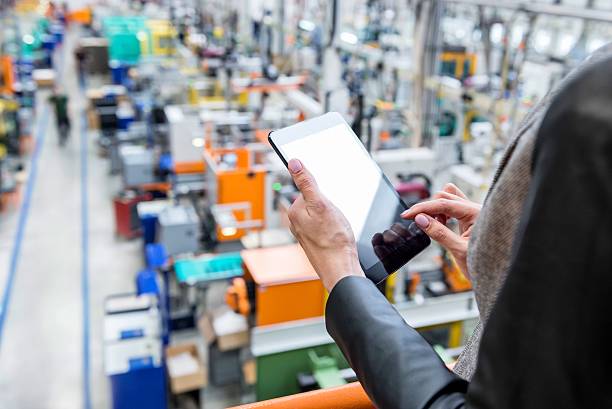In response to COVID-19 lockdowns, safety measures and an increase in ecommerce grocery demand, grocers have converted brick and mortar locations into dark stores, focusing specifically on fulfilling orders placed online.
Our last blog, “Do Dark Stores Have a Place Post-COVID-19?” explored some of the challenges and benefits of the dark store concept and emphasized that these stores serve as one component in a broad strategy for businesses trying to adjust to a changing marketplace.
As ecommerce revenues are projected to reach $6.5 trillion by 2023, many grocers are skipping the model altogether and transitioning straight into micro-fulfillment centers.
So, if dark stores are phasing out, what’s next?
An Evolving Retail Landscape
The challenges that arise when transforming a traditional grocery store into a dark store, in addition to the steady growth in online grocery adoption, have caused grocers to abandon the dark store model. Instead, they’re electing to build micro-fulfillment centers that often utilize automated systems. These models offer grocers a sustainable and scalable solution to quickly fulfill click-and-collect orders.
Although dark stores provide labor efficiencies, grocers are restricted to using human hands, meaning only one item from an order can be picked every 20 to 30 seconds. A well-designed fulfillment center with a robotics system, on the other hand, can pick one item every 2-5 seconds.
Other grocers are utilizing local fulfillment centers, or warehouses constructed within or in addition to a store. In these fulfillment centers, automated robots pick popular items and take them to a picking workstation. Here, the online order is assembled quickly.
Innovation Through Integration
Depending on the type of technology and processes used within a grocery store, a dark store could be the ideal solution for a retailer based on the volume of online orders. So, dark stores are not considered an invalid solution.
However, moving forward, many grocers will likely test a combination of fulfillment options to ultimately determine the most efficient and profitable solution.
In the end, grocers must find the ideal balance between human labor and technology, in addition to floorspace and layout. Grocers must decide whether they prefer items to be retrieved from store shelves, a dark store, a warehouse or a micro-fulfillment center, or a combination of those options. There are advantages to each layout; however, decisions should be based on individual business scenarios.
To learn more about the role KPS Global® plays in helping grocers navigate the new waters of ecommerce, fulfillment and more, visit https://kpsglobal.com/products/online-grocery-pickup-ogp/.



